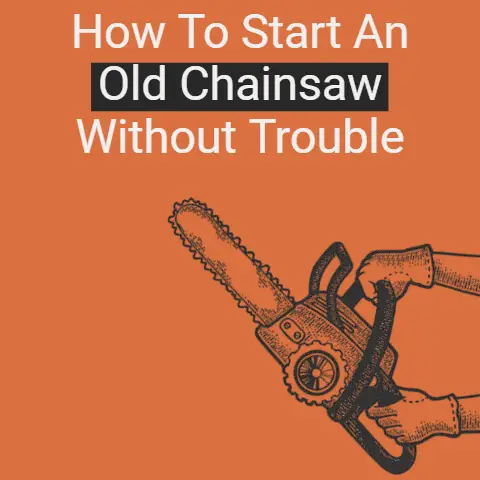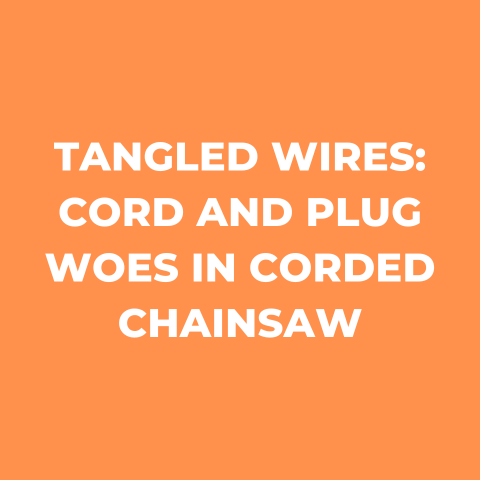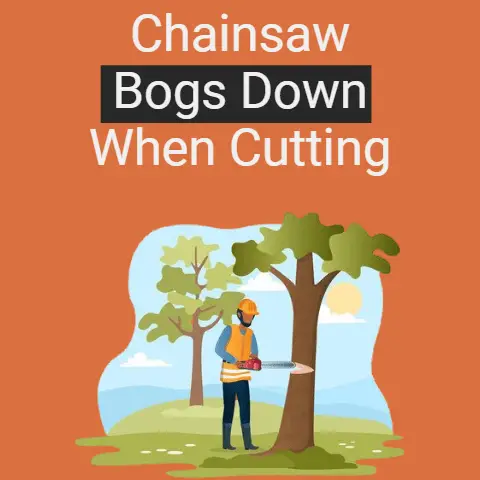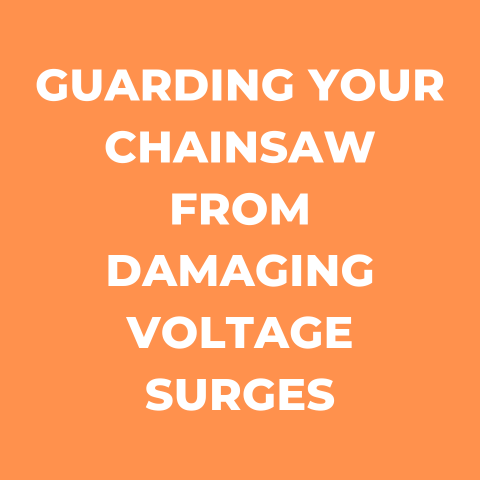Why Does My Chainsaw Bog Down When I Give It Gas? (Guide)
When a chainsaw bogs down or stalls upon acceleration, it signals potential issues with the air, fuel, or spark systems. To address this, ensure the choke, throttle, and decompression valve are correctly set. A clogged carburetor or fuel line may impede fuel flow, necessitating cleaning or replacement. Adjusting the carburetor screws, especially after a short warm-up, can help if the saw runs unevenly. Ensure the chainsaw’s fuel mix and tune are compatible, as adding extra oil for lubrication may not solve the problem. Additionally, check and clean or replace the spark plug if it’s fouled or damaged. If uncertain about troubleshooting, seeking professional maintenance and repair is advised.
The Author
The dream of everyone in the lumbering field is to have a powerful and efficient chainsaw devoid of mechanical faults.
The issue of chainsaw bog down can be very calamitous, and it oozes a great deal of frustration.
More so, the chainsaw might bog and refuse to run when you give it gas.
Yea, it’s not rocket science but reality.
It’s quite perplexing, but this article will delve deep to unravel why the chainsaw bogs down when you give it gas and how to solve the problem.
Firstly, what instigates the chainsaw Bog down?
If you experience this scenario, the orientation of your carburetor has likely changed.
It’s either it is tilted up or down.
It’s all about adjusting the carburetor, and a slight change in the orientation can lead to Chainsaws Bog.
How to Prevent Your Chainsaw from Bogging Down
Final Words
Chain-saw requires constant maintenance to be efficient.
Even without an incident of stalling, it is important to carry out regular repairs.
Stalling is a symptom of a complication in the chain-saw.
A well-maintained chain-saw seldom stalls.






